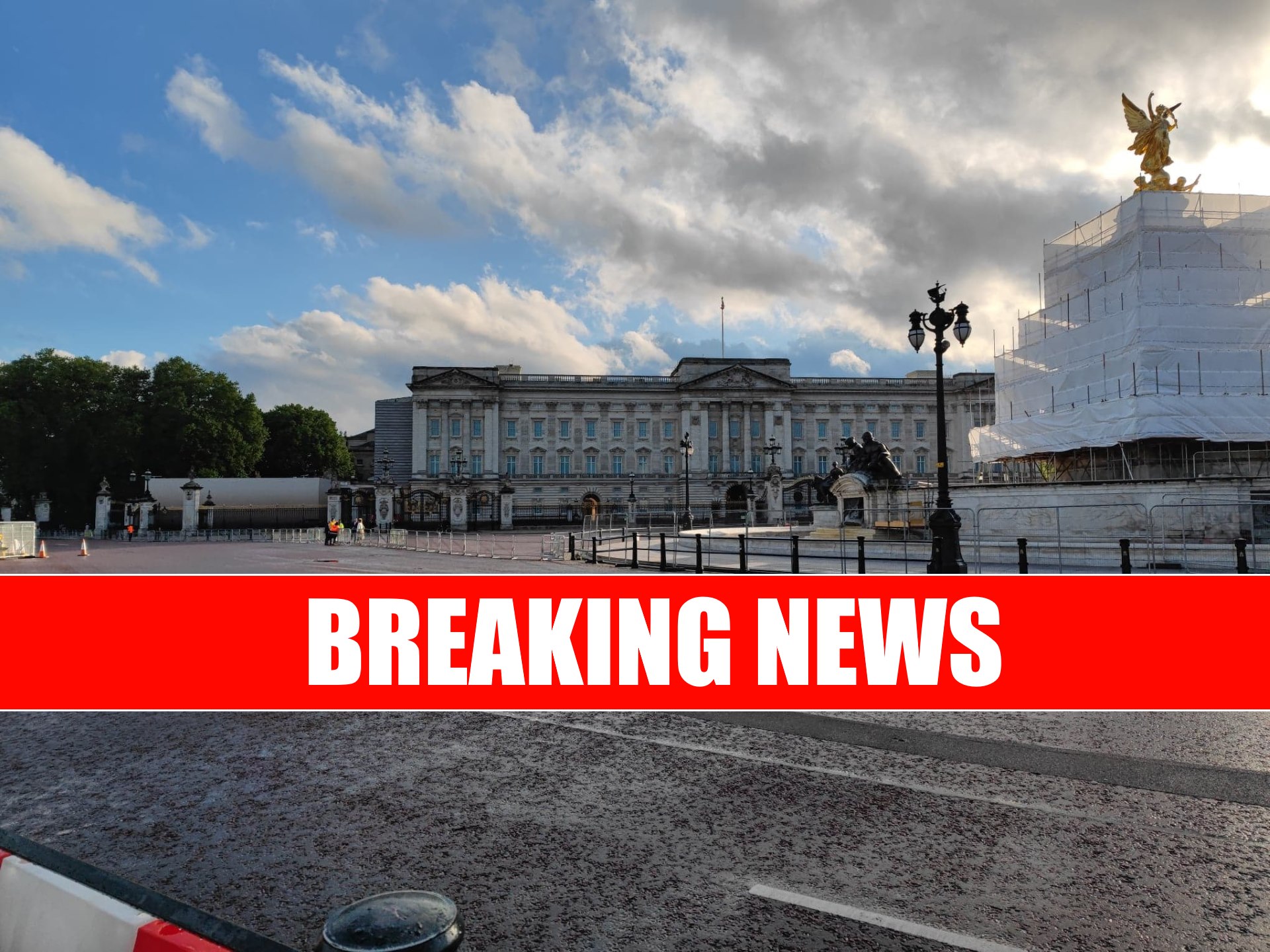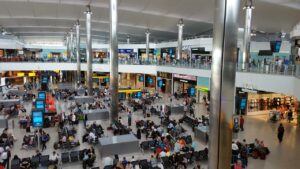Operation London Bridge is an action plan to be implemented after the death of Queen Elizabeth II. Originally developed in the 1960s and updated several times a year. Procedures in the plan include government, church, metropolitan police, British armed forces and the media. Some key decisions related to the plan have already been made by the Queen herself, and some of them can only be made by her successor (the current heir to the throne is her son, Charles, Prince of Wales) after her death.

The queen’s private secretary will be the first official (not a member of the royal family or the medical team) to learn of the queen’s death. His task will be to immediately inform the Prime Minister of the United Kingdom of this fact by saying the phrase “London Bridge is down”. A special cell of the Foreign and Commonwealth Office, the Global Response Center, will pass this message on to the governments of fifteen other countries where the Queen is head of state (the Commonwealth Realm) and to the governments of other Commonwealth countries of which she oversees.
The first media centers to learn about the queen’s death will be the Press Association and the BBC through the Radio Alert Transmission System. In the studios of commercial radio stations there is a blue light that comes on only when a member of the royal family dies. After lighting it, journalists are required to change the tone of the music to a more serious one and prepare to announce the upcoming news. BBC Two will suspend the scheduled program and donate its antenna to BBC One. BBC News will broadcast a pre-recorded sequence of portraits, during which the journalists on duty at that time will prepare for the official announcement, wearing dark clothing (ties, suits, etc.) specially prepared for this purpose. The Guardian reports that The Times has materials for eleven days of mourning, and ITN and Sky News are constantly trying to announce her death, replacing the Queen’s name with “Mrs. Robinson.”
Designated persons will post the announcement of the monarch’s death on the gate of Buckingham Palace. At the same time, the same message will appear on the palace’s website. Members of the UK Parliament will be summoned to London. Within hours after the queen’s death, the deputies are to meet for a special meeting.
The day after the queen’s death, the Accession Council will gather in the palace of St. James to announce the accession to the throne of the new monarch. Parliament will meet on the evening of the same day to take the oath of allegiance to the new monarch.
Depending on where the monarch will die, different ways to transport her coffin are planned. If the Queen dies in Scotland (for example, at Holyrood Palace or at Balmoral Castle), the coffin will first rest at Holyrood Palace, then transferred to St. Giles in Edinburgh, where a memorial service will be held. After the service, the coffin will be transported to Waverley station, from where it will be transported by train to London. In all cases, the coffin will be placed in the Throne Room at Buckingham Palace. Four days after the Queen’s death, she will be transferred to Westminster Hall, where she will remain for another four days.
A state funeral will be held at Westminster Abbey nine days after the queen’s death, after which her body will be buried in a prepared grave at St. George at Windsor Castle.





